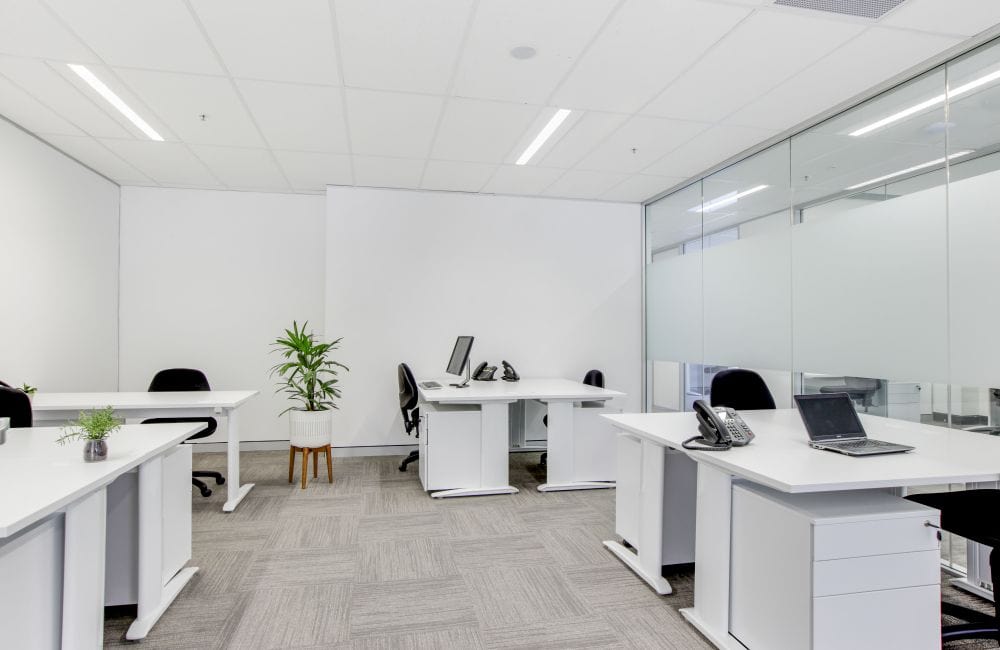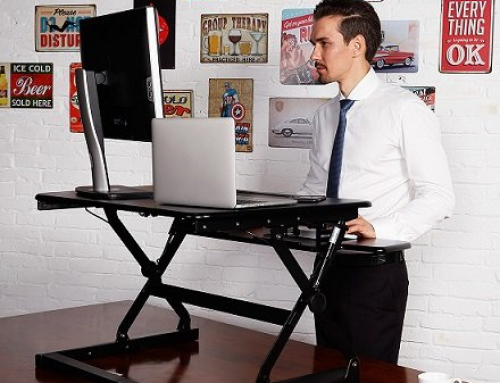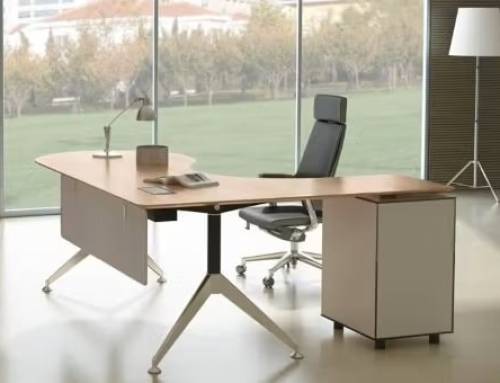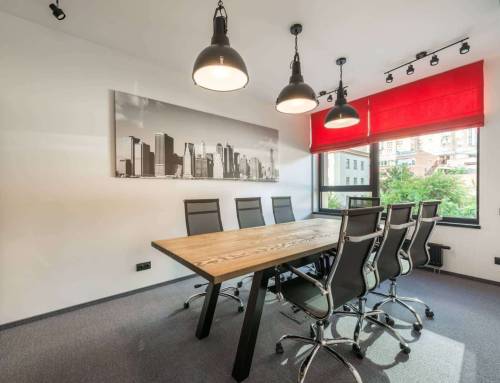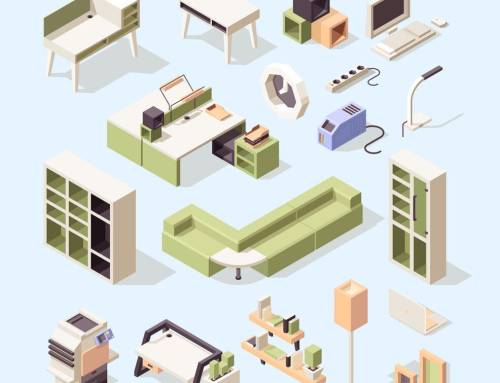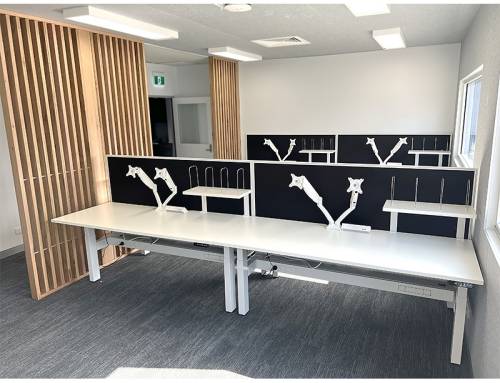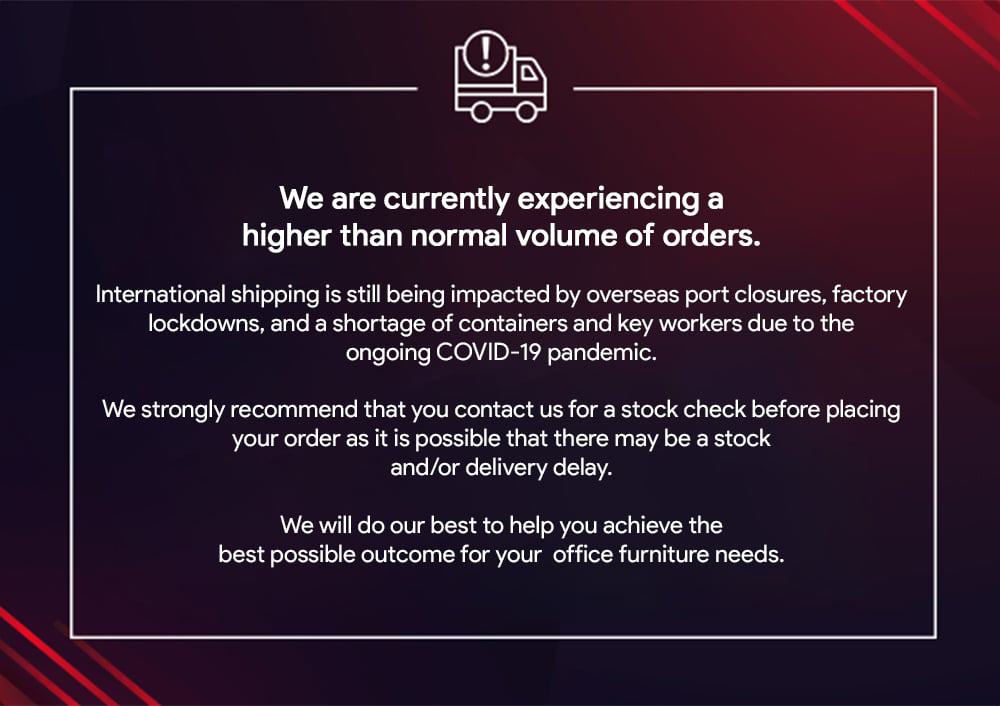Size matters, especially when it comes to furniture in compact spaces. With remote work becoming more prevalent, most people are trying to carve out functional home offices within limited spaces. Choosing a desk with the right dimensions is crucial to maximize your workspace’s functionality.
This guide will walk you through the process.
Understanding Desk Dimensions
Optimal desk dimensions can enhance comfort, productivity, and space utilization. The standard office desk typically measures between 120-180 cm in width, 60-90 cm in depth, 72-73 cm in height. However, conditions can vary depending on your space limitations and work requirements.
Width
The desk’s width is its side-to-side measurement. A generous desk width offers more workspace and room for multiple monitors and other office equipment. But, for smaller areas, a narrow desk might be necessary.
Depth
Depth refers to the front-to-back measurement of the desk. More depth means more legroom & elbow space, but a shallow desk could better fit in confined spaces.
Height
Height is the distance from the floor to the desk surface. Proper desk height improves ergonomics, reducing the risk of back, neck, or shoulder strain. Adjustable-height desks are a great option for people of different heights and also alternating between sitting and standing positions.
Desk Styles for Small Spaces
Beyond baseline dimensions, the desk’s style can significantly impact its functionality in a small space.
Corner Desks
Office corner desks, as the name suggests, fit snugly into corners, making excellent use of often-underutilized areas. They usually provide abundant surface space for compact rooms.
Floating or Wall-Mounted Desks
Wall-mounted desks are installed directly onto the wall, freeing up valuable floor space. They are perfect for tiny areas, and many designs include storage options.
Laptop Desks
These are usually narrower and shallower than standard desks, designed specifically for laptop use. They are a practical choice if you don’t need extra space for paperwork or multiple monitors.
Rolling or Mobile Desks
These desks come with casters for mobility, allowing you to wheel the desk out when needed and then store it away when not in use.
Other Factors to Consider
To answer what is the office desk dimensions for your small workspace, consider the following points.
Available Space
Measure the area where you will place your desk, accounting for doorways, windows, and any existing furniture. It helps to use masking tape to mark out potential desk dimensions on the floor.
Equipment
Consider the size and number of monitors, laptops, printers, or other tools you will need on the desk. Also, account for space for a keyboard and mouse if you use a desktop computer.
Personal Working Style
If you tend to spread out your work materials, you will want a wider and deeper desk surface. On the other hand, if you work mostly digitally, a narrower desk may suffice.
Storage Needs
Consider a desk with built-in shelves or drawers if you need easy access to files or books. However, remember that storage features also contribute to the overall size of the desk.
Conclusion: Balance Comfort, Functionality, and Space
Choosing the right office desk dimensions for a small space is a balancing act between comfort, functionality, and available space. Remember that the best desk for you should cater to your work style, fit your work equipment, and blend seamlessly into your space.
With careful measurements and thoughtful consideration, you can maximize your productivity even in a small workspace.

